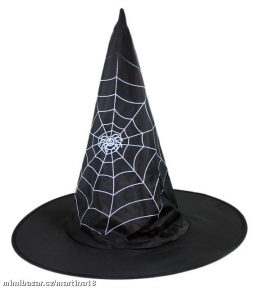Drawing from a hat
When drawing numbers from a hat from 1 to 35, we select randomly given numbers. What is the probability that the drawn numbers will be divisible by 8 and 2?
Final Answer:

Tips for related online calculators
Do you want to perform natural numbers division - find the quotient and remainder?
Would you like to compute the count of combinations?
Would you like to compute the count of combinations?
You need to know the following knowledge to solve this word math problem:
combinatoricsalgebraarithmeticnumbersGrade of the word problem
Related math problems and questions:
- Probability 28111
 1. What is the probability that we write an even number from the numbers from 1 to 20? 2. We randomly draw one ticket From the eighteen tickets numbered 1 - 18. What is the probability that the ticket drawn will have: a) a number divisible by 3 c) a prime
1. What is the probability that we write an even number from the numbers from 1 to 20? 2. We randomly draw one ticket From the eighteen tickets numbered 1 - 18. What is the probability that the ticket drawn will have: a) a number divisible by 3 c) a prime - Probability 71204
 On ten identical cards, there are numbers from zero to nine. Determine the probability that a two-digit number randomly drawn from the given cards is: a) even b) divisible by six c) divisible by twenty-one
On ten identical cards, there are numbers from zero to nine. Determine the probability that a two-digit number randomly drawn from the given cards is: a) even b) divisible by six c) divisible by twenty-one - Probability 4020
 There are numbers from 1 to 20 in the hat. What is the probability that we will pull out from the hat: a / one-digit number b / prime number c / number greater than 11 d / a number divisible by six Thank you
There are numbers from 1 to 20 in the hat. What is the probability that we will pull out from the hat: a / one-digit number b / prime number c / number greater than 11 d / a number divisible by six Thank you - One green
 There are 45 white and 15 green balls in the container. We randomly select five balls. What is the probability that there will be one green ball maximally?
There are 45 white and 15 green balls in the container. We randomly select five balls. What is the probability that there will be one green ball maximally? - Probability 17013
 What is the probability that a randomly written two-digit number from number 20 to number 99 will be divisible by 11, the power of number 3, or a prime number?
What is the probability that a randomly written two-digit number from number 20 to number 99 will be divisible by 11, the power of number 3, or a prime number? - Two aces
 From a 32-card box, we randomly pick 1 card and then two more cards. What is the probability that the last two drawn cards are aces?
From a 32-card box, we randomly pick 1 card and then two more cards. What is the probability that the last two drawn cards are aces? - Probability 81637
 We randomly select three different points from the vertices of a regular heptagon and connect them with line segments. The probability that the resulting triangle will be isosceles is equal to: (A) 1/3 (B) 2/5 (C) 3/5 (D) 4/7
We randomly select three different points from the vertices of a regular heptagon and connect them with line segments. The probability that the resulting triangle will be isosceles is equal to: (A) 1/3 (B) 2/5 (C) 3/5 (D) 4/7
